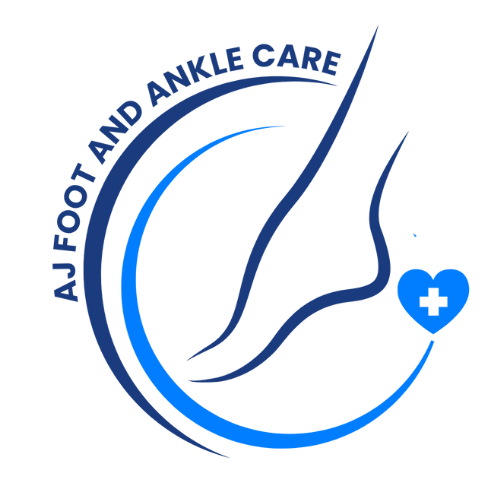Fractures
Your feet carry you through every step of your day, so when a bone in the foot breaks, it can significantly affect your mobility and comfort. Foot fractures range from tiny cracks in the bone to more serious breaks that can change the shape and function of your foot. Prompt diagnosis and treatment are key to proper healing and long-term recovery.
What Is a Foot Fracture?
A foot fracture is a break in one or more of the 26 bones that make up the foot. Fractures can result from a sudden injury, like a fall or impact, or from overuse that causes stress on the bone over time.
There are two main types of foot fractures:
-
Traumatic fractures
These are caused by a direct blow or injury. The break can be clean and straight across, or it may involve multiple fragments.
-
Stress fractures
These are small, hairline cracks that develop gradually due to repetitive force or overuse. They are common in athletes and individuals with increased activity levels.
Common Causes
Foot fractures can occur due to:
-
Dropping a heavy object on the foot
-
Twisting or rolling the foot during activity
-
Tripping or falling
-
Sudden increase in physical activity
-
Repetitive impact from running or jumping
-
Poor bone health, such as osteoporosis
Symptoms
Symptoms of a foot fracture may vary based on the severity and location of the break. Common signs include:
-
Immediate pain at the site of injury
-
Swelling and bruising
-
Difficulty walking or bearing weight
-
Tenderness to the touch
-
A visible deformity in more severe fractures
-
A “cracking” sound at the time of injury
Stress fractures may start with mild discomfort and gradually worsen with continued activity.
Diagnosis
To diagnose a foot fracture, your provider will examine your foot, ask about how the injury occurred, and evaluate your range of motion and ability to bear weight. Imaging tests such as X-rays, CT scans, or MRIs may be used to confirm the diagnosis and assess the severity of the fracture.
Treatment Options
Treatment depends on the type and severity of the fracture. Options may include:
-
Rest and immobilization
Limiting activity and using a boot, cast, or crutches to keep the foot stable and prevent further injury.
-
Ice and elevation
Reducing swelling by applying ice and elevating the foot above heart level.
-
Protective footwear
Wearing a stiff-soled shoe or walking boot to support healing.
-
Physical therapy
Once healing has progressed, therapy may be recommended to restore strength and flexibility.
-
Medication
Over-the-counter or prescription pain relievers may be used to manage discomfort and inflammation.
-
Surgery
In cases where bones are displaced or the fracture is complex, surgical intervention may be necessary. This may involve realigning the bones and securing them with hardware such as screws or plates.
Recovery and Prevention
Healing time for foot fractures varies, but most patients recover within 6 to 8 weeks with proper care. It is important to follow your treatment plan closely to avoid delayed healing or long-term complications.
To reduce your risk of future foot fractures:
-
Wear proper footwear for your activity
-
Warm up and stretch before exercise
-
Gradually increase training intensity
-
Maintain good bone health with a balanced diet and weight-bearing exercise
When to See a Specialist
If you suspect a foot fracture or are experiencing unexplained foot pain, do not wait. A timely evaluation can prevent further damage and ensure a smooth recovery. Our team is here to provide expert care and get you back on your feet.
About Dr. Mansoori
Dr. Jasmin Mansoori is a board-certified podiatrist known for her compassionate approach, clinical expertise, and commitment to delivering thoughtful, patient-centered care.
Quick Connect
office@ajfootanklecare.com
469-398-1972
737-247-7483
2301 Ohio Dr., Ste 182
Plano, TX 75093
Office Hours
Mon-Fri : 9AM – 5PM
© 2025 AJ Foot and Ankle Care. All rights reserved.
